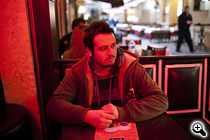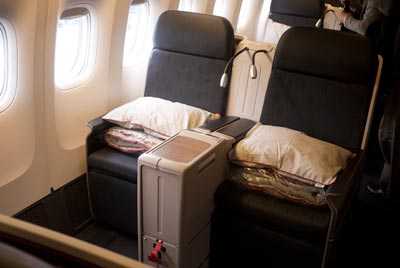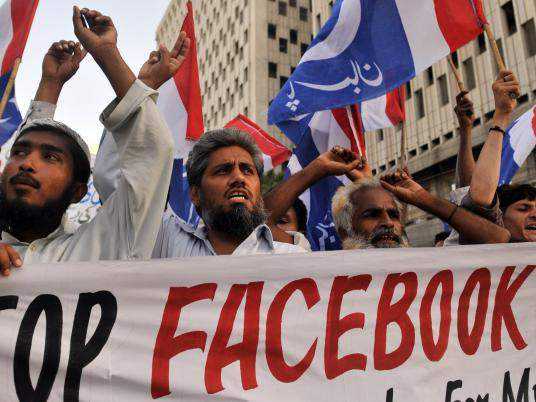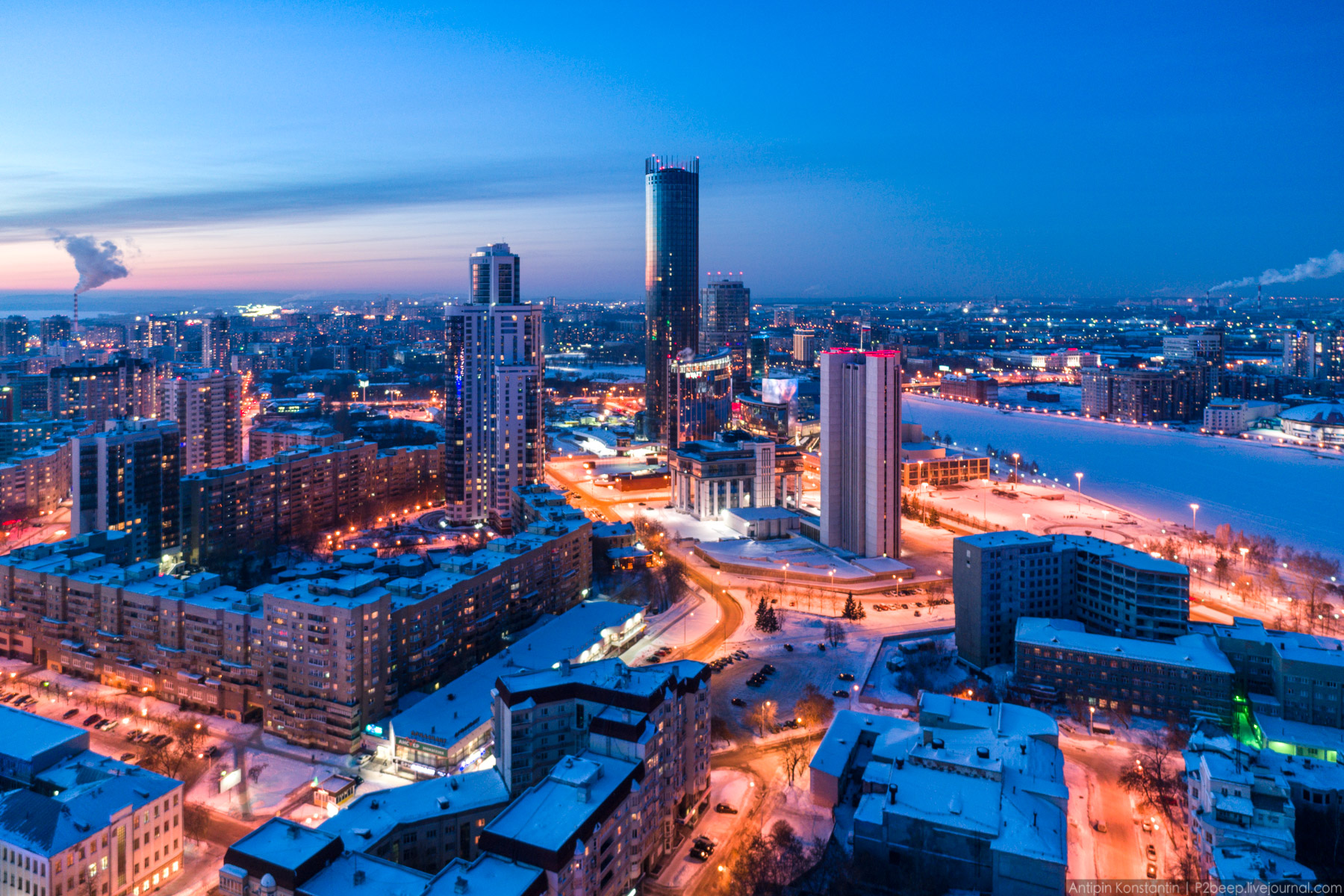The Bridge to Nowhere
By ANDREW FINKEL
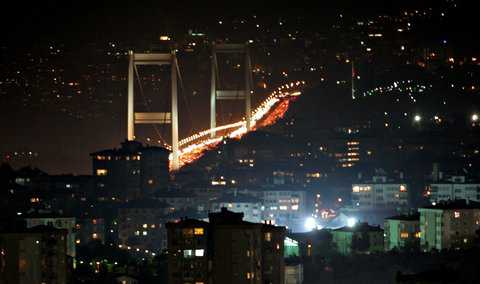
Istanbul’s Bosphorus Bridge during rush hour.Fatih Saribas/ReutersIstanbul’s Bosphorus Bridge during rush hour.
ISTANBUL — I suspect that many Istanbul residents, even those caught in the tailgate eternity of the daily commute to work, don’t spend much time worrying about the broad-leafed knapweed. Like the small meadow saffron, it is one of the 2,000 species of flora that thrive in the greater metropolitan area — that’s 150 varieties more than exist in all of Britain, a landmass 50 times the size. Famous as the juncture between Asia and Europe, Istanbul is also the meeting point of the climate systems of the Black Sea and the Mediterranean, which means that a diverse plant life complements its rich history.
But now this unique ecosystem, as well as the viability of Istanbul itself, is being threatened by a series of what Prime Minister Recep Tayyip Erdogan cheerfully calls “zany” urban development schemes. These include a huge canal that would run parallel to the Bosphorus Strait and, zaniest of all, a third bridge over the real Bosphorus.
Istanbul is the economic powerhouse of Turkey. It pays 40 percent of the nation’s taxes and is a magnet for business, people and capital from the rest of the country. In 1970, it counted two million residents; the figure now stands at more than 13 million. Urban sprawl, like some vigorous mold, is overtaking green spaces and threatening water drainage basins. “I don’t even want to think about what happens when the population exceeds 16 million,” says Haluk Gercek, a professor of transport planning at Istanbul Technical University. At the current growth rate, this could happen by the end of the decade. Istanbul is both feeding off and choking on its own expansion.
The two bridges that straddle the Bosphorus, the passage that splits Istanbul and separates Europe from Asia, are very much at the center of these problems: few other bits of tensile steel have so altered the destiny of a city. When the first bridge, the Bosphorus Bridge, opened in 1973, it instantly embodied Istanbul’s role as a link between civilizations. But soon it also became emblematic of rush-hour misery and the proof positive of how new roads generate their own traffic. In no time, summer resorts on the Asian side of Istanbul had turned into commuter heartland.
It was thought that a second bridge would fix the problems caused by the first.
The Mehmet the Conqueror Bridge, which opened in 1988, was intended to complete a ring road that would allow vehicles to bypass Istanbul altogether. Yet even before construction began, speculation over property along the bridge’s expected feeder roads took off. Once the bridge was built, and as the city grew larger and more prosperous, 600 new cars began pouring onto its roads every day. The resulting carbon emissions created a microclimate at least one degree Celsius warmer than before the second bridge was built, NASA data have confirmed.
Istanbul commuters, still frustrated by the unrelenting traffic, started clamoring for yet another bridge.
Back when he was the mayor of Istanbul, in 1995, Erdogan declared that a third bridge was no solution at all. It would be “murder,” he said, for the forests and reservoirs around the city. So in 2004, construction began on a metro system that would run through a tunnel on the sea floor of the Bosphorus Strait. The work had to be interrupted when the digging unearthed the ancient harbor of Byzantium and major archeological finds, including 32 medieval vessels. The project will be completed, however, and neither the Istanbul Metropolitan Plan of 2009 nor the city’s current Transportation Master Plan mentions any new bridge.
But recently in faraway Ankara, which sits high on the dry Anatolian plateau, the Ministry of Transport has unilaterally decided that Istanbul needs a third bridge. “This has nothing to do with solving the traffic and everything to do with developing property,” according to Gercek. And Ankara has the means to get the job done: new legislation allows construction in forested areas and places planning authority that once rested with city officials into the hands of the central government.
The planned position of the third bridge is so far north along the Bosphorus, near the mouth of the Black Sea, that the bridge cannot possibly relieve traffic in Istanbul. This has Gercek saying: “They are clearly planning a fourth” — one closer to the existing two.
A third. A fourth. A fifth. Simply building the feeder roads for any new bridge would mean power-sawing a path through 2.5 million trees. Local temperatures would likely rise, and the broad-leafed knapweed and the small meadow saffron would wither and die.
Andrew Finkel has been a foreign correspondent in Istanbul for over 20 years, as well as a columnist for Turkish-language newspapers. His latest book, “Turkey: What Everyone Needs to Know,” will be published next year.
via The Bridge to Nowhere in Istanbul – NYTimes.com.


